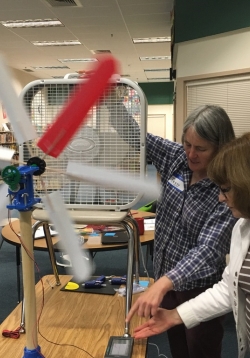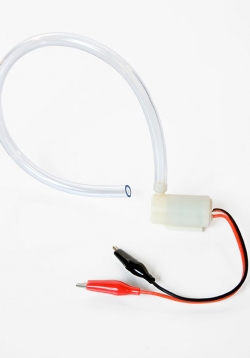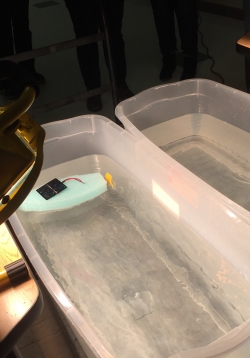Solar SPRK+: Chariot Engineering Design
Students will work through the engineering design process to build a chariot for their SPRK+ that will carry their solar panels through a maze to a charging station. Students will draft prototypes, test their designs, and make changes to their design based...







